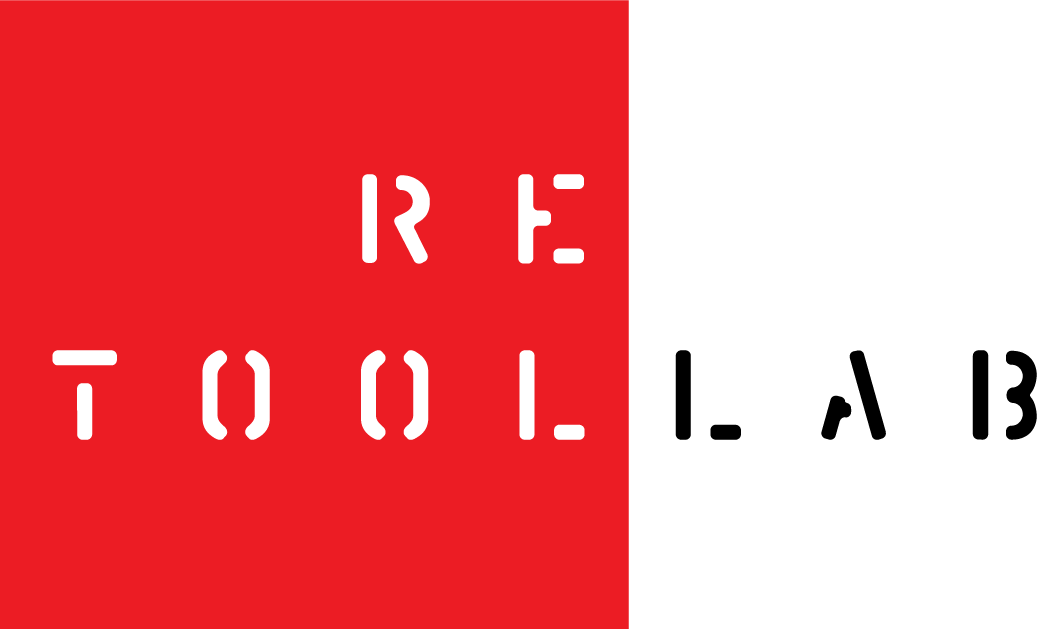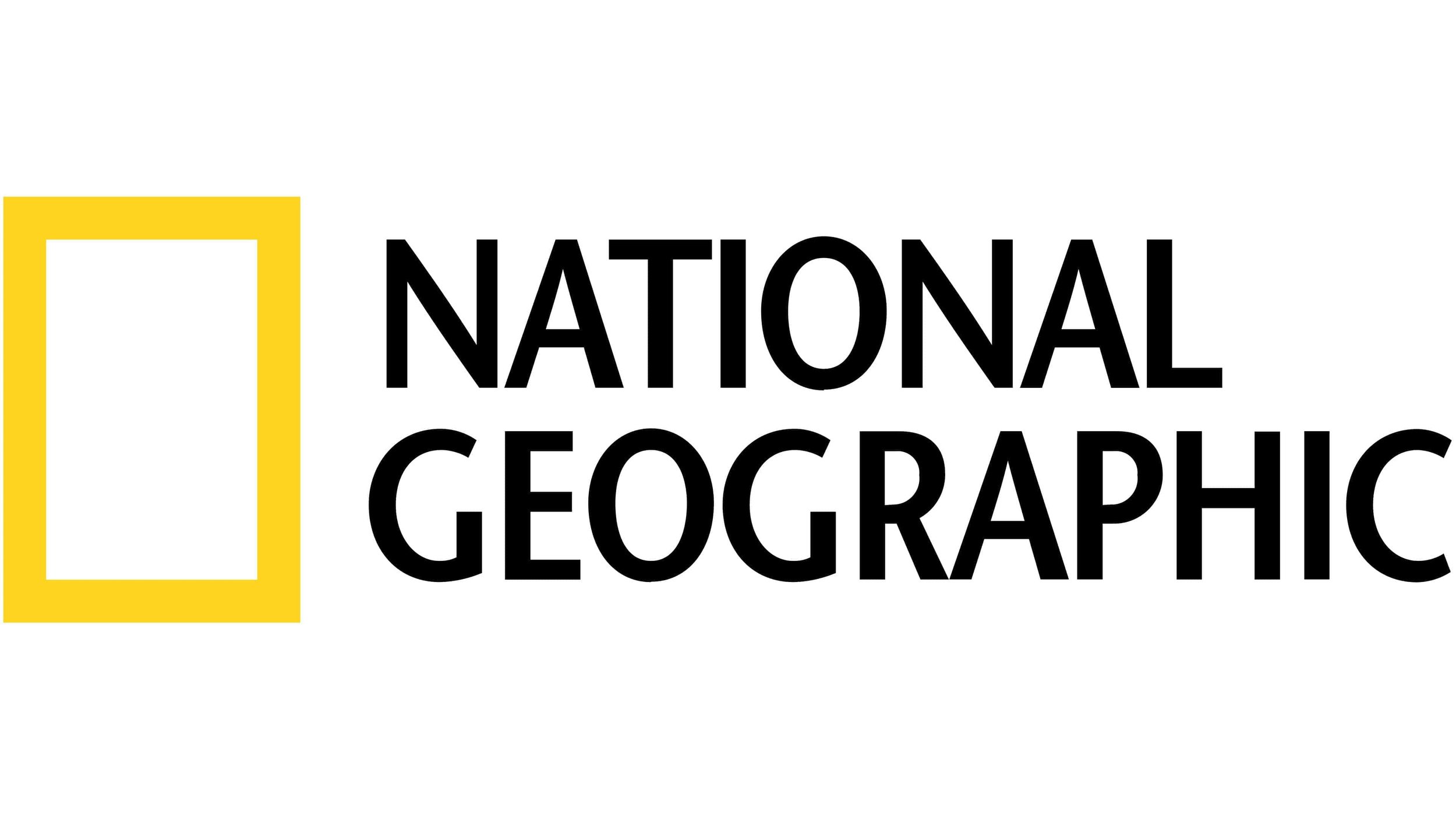Canadian national museums need to stop behaving like museums.
A new mandate is needed for Canada’s national museums.
Here’s an idea for the newly-appointed Heritage Minister, Pablo Rodriguez: rethink how the national museums collaborate to build and communicate a single national museum brand that tells the Canadian story. But first the Prime Minister’s Office has to read this, because change starts with the mandate letters the PMO writes to direct the work of cabinet ministers. It’s a mandate worth considering.
Now we know the government has a lot on its plate, from climate change to financial recovery from the pandemic to Indigenous issues; cynics will argue national museums pale by comparison. And that’s part of the problem: we’ve let museums underachieve because we regard them as interesting, but non-essential; respected but not influencers; local venues and short-term entertainment commodities. They could be informing and shaping our public conversations, but this value has not been tapped.
Actually, there has never been a more important time for Canadians to understand themselves and that means giving consideration to the role our national museums play as sources of reliable information.
Where will reliable information come from?
Want to understand climate change? We should be hearing from the Museum of Nature. Want to understand the problems faced by Indigenous people? Well, we need a museum dedicated to that, but for now the Canadian Museum of History has answers. These are, after all, places of ideas and they exist to give people insights about how our world developed, and empower citizens to use that knowledge to build a better world. If they thought more like media organizations and put greater emphasis on telling stories to a wider audience, they could be important and impactful institutions helping Canadians interpret our changing world.
That’s what Dr Jon Grinspan, the curator of political history at the Smithsonian’s National Museum of American History, did when he had something to say about the impact of the January 6 Capitol Hill attack on “normal” politics. He argues that when people wonder “Is democracy a failure?” that they need to look deeper into the past. His New York Times article, “What We Did the Last Time We Broke America,” 1 provided a deep, accurate, and calming perspective we don’t usually get, from a source we rarely hear from.
There has never been a more important time for
Canadians to understand themselves and that means
giving consideration to the role our national museums play as sources of reliable information.
We need curators from our own national museums to weigh-in with similar insights in our own newspapers. Curators are smart people with informed answers, and they can be influencers who can shape public conversations – if they are directed to communicate with purpose. Unfortunately they’re only indifferent storytellers.
Stop behaving like a museum.
Museums wonder why they aren’t having greater impact on people. They want to see themselves playing a major role as a focus of reflection and debate but because they let their emphasis on “place” and the turnstile consume them, achieving that goal is beyond reach. They have yet to clue-in that until they keep people connected, informed, and engaged, people won’t be interested in their work. The solution is to help people read more, listen more, see more, and think more.
Minister Rodriguez could get them to stop behaving like museums, but they need help. They have to do more than exhibit artifacts: every exhibition should be a Zoom classroom, podcast, Twitter thread, conference, publication, reading group, and documentary film. Those are the tools for this age that will build a vital bridge to the future.
Thinking like a media organization and developing new content represents a huge opportunity to renew their stories for a new age of listeners, but it’s an intimidating prospect for any one organization – that’s why the nationals need to think about collaborating. That’s the idea we want to put in front of government.
Our national museums behave like orphans rather than seeing the power of a team. Years ago when we asked the then-head of the Canadian Museum of Civilization why the national museums of Canada didn’t collaborate with their fellow nationals, he said “because we don’t like each other.” Well… it’s time to get over that. Over time, that opinion has transformed our national museums into underachievers.
In 2014, Canadian Press’s Dean Beeby 2 reported the Museum of Canadian History had only 530 donors, despite attracting 1.2 million visitors per year, and expected to raise only $10,000. The museum admitted its direct mail appeals always had poor results. That’s what happens when fundraisers follow the standard operating procedure – they focus too much on “the ask” and too little on “the tell”; they troll through old mailing lists instead of figuring out how to stay meaningfully connected with audiences. The organization simply doesn’t know how to create the perception it is worthy of support. So, maybe it’s time to do something different?
Getting from underachiever to overachiever.
Here’s an example: more than a century ago National Geographic Society made disseminating scientific information the core part of its mission. It is now an enormous multimedia empire earning a billion dollars per year and even someone like AOL founder Steve Case, a prominent critic of hidebound philanthropy, marvels at its success: he acknowledges it doesn’t have to spend resources “holding black tie balls to raise money because its sales are sustaining its mission of educating the world about the world.”
Or museums could follow Harvard’s example. In 2019, Harvard Business Publishing generated $262 million for the school. Yet its real value is as a fundraising hook: publishing is the foundation on which Harvard University has built quality perceptions about its brand. Developing and selling mission-connected content is the primary tool to position Harvard as the leader in the marketplace of ideas. In turn, that has built the largest academic endowment in the world: $53.2 billion as of June 2021.
The former president of University of Ottawa, Alan Rock, once told us the biggest challenge facing his sector is “achieving levels of funding that will enable us to succeed in our mission.” But publishing at Harvard turns Rock’s assumption on its head: being proactive about storytelling helps achieve higher levels of funding. In other words, people line up to support Harvard because trust builds around organizations that proactively reinforce their leadership claims through dialogue about rich, thought-provoking ideas. Substantive content is more powerful than advertising at overcoming scepticism, raising awareness, and building the trust essential to successful fundraising.
The stories you don’t tell can hurt your brand.
Unfortunately, museum leaders are enigmatic: they want the benefits that come with having a strong brand, but without the hassle of looking beyond everyday tactics. When curators fail to communicate effectively, museums get marginalized. They seem inaccessible, irrelevant, even anachronistic; ultimately we realize they don’t matter in today’s great debates. Then these administrators have the temerity to wonder why their expectations haven’t been achieved. But they resist because they haven’t been trained to understand why speaking clearly and vividly about their work matters; they don’t know about publishing’s connection to the museum mission.
But that’s the small thinking plaguing nonprofits. They don’t realize that money is not their number-one problem, branding is; specifically, the stories they don’t tell to engage audiences. We’ve seen the impact meaningful stories can have on brand perception compared to projects starved for substantive content or relevance. Nonprofits have a built-in sense of fear when it comes to innovating about how they communicate. Managers undermine the future with careless budget cuts depriving the organization of its facility to understand what it wants to be bold about – they lose sight of their identity and their mission gets off track – which leads to entrenched uncertainty and organizational weakness.
How everything can change.
Museums try getting donors to identify with them, but it’s actually the museum which has to demonstrate it identifies with its audience. When museums put themselves at the center of a vital public conversation – giving people information they care about and a forum to learn and discuss – it is addressing their needs. If museums want to help their brands and their bottom lines, pushing out meaningful content is the right catalyst. Everything will change if museums leverage storytelling to become focal points of discussion.
That’s why Grinspan’s article stood out for us: his opinions about an important and topical public affairs issue made the Smithsonian matter. The ability to engage people about his work helped his museum stand out in a cluttered marketplace and prove the Smithsonian is a source of trusted information – and that it is worth the cost.
Museums try getting donors to identify with them,
but it’s actually the museum which has to demonstrate it identifies with its audience.
Our national museums need to step away from accepted norms and find new solutions. The Canadian Museum for Human Rights struggles because of the isolation of its location, and this will be an issue as the newest national museum, the RCMP museum in Regina, gets planned. Don’t set these up for failure.
Prime Minister, tell the national museums to be more collaborative. They provide interesting, important, and reliable information, but they need help speaking vividly about their work. A new content development strategy under the umbrella of a new, cohesive brand, will wake up Canada’s underachieving museums and give them a future so they can show us ours. Put that in your Heritage Minister’s new mandate.
1 Jon Grinspan, “What We Did the Last Time We Broke America,” New York Times, 29 October 2021. https://www.nytimes.com/2021/10/29/opinion/normal-politics-gilded-age.html?smid=em-share
2 “If Canada’s Largest Museum Struggles, Does Anyone Care?” Huffington Post, 25 March 2014.



